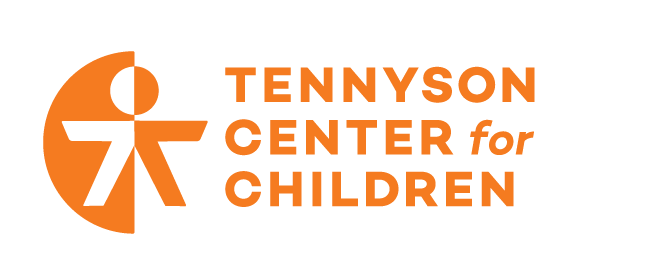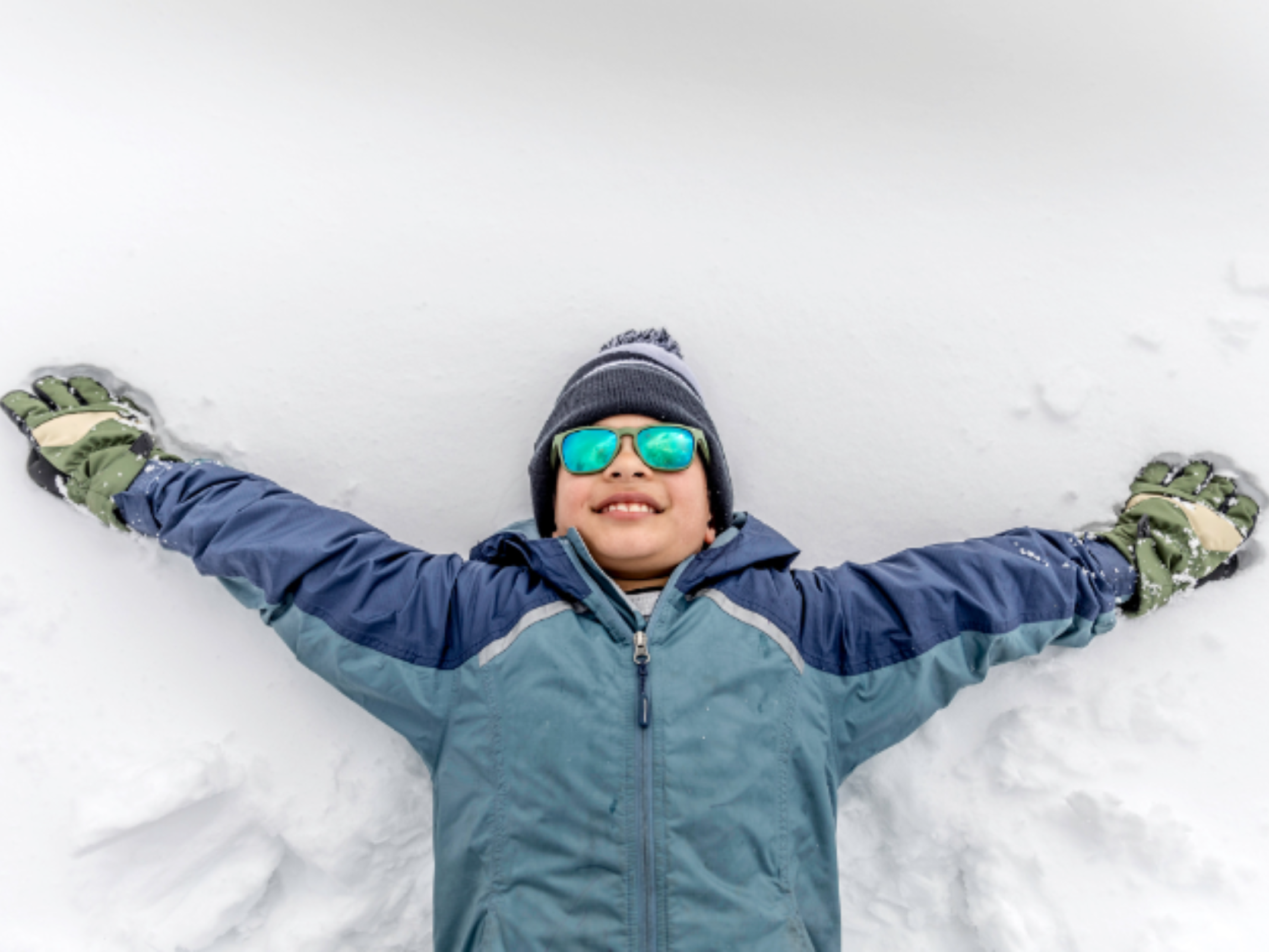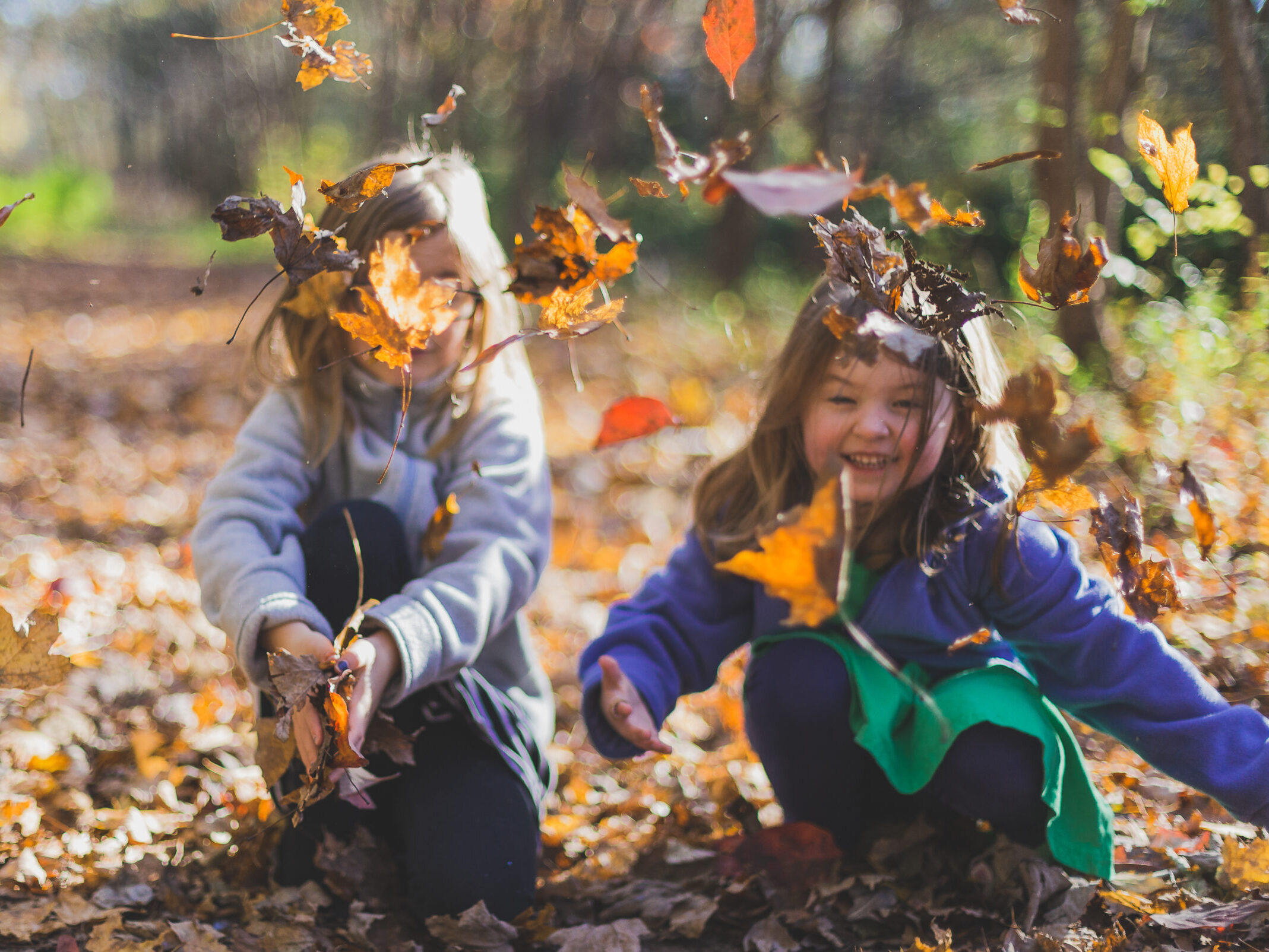Mental Health During COVID-19
We are six months into COVID-19 and it’s already challenging to imagine a world post-COVID-19. It’s hard to believe it’s only been half a year — it feels like so much longer. I struggle to remember concrete details of life before COVID-19, much less relate to the ones I do recall, like going out in public without worrying about proximity to others and masks. Did we really live in a world like that? Life has changed so much, especially when we think about the many other happenings of the last few months — racial turmoil, calls for systemic change, economic recession, political unrest, and wildfires.
Dare I call attention to the mental health aspect of all of this? The anxiety and trauma are overwhelming at times even for those of us who don’t face ongoing mental health concerns; for those of us who do, it can be completely debilitating. We’re all trying to figure out what to do with the fear, uncertainty, and ambiguity of life as we know it right now. For some, it’s a matter of trying to stay safe and navigate threatening people or emotions. It’s been difficult for me to process the stories of domestic violence and suicide in the news. In many areas, the reports of child neglect and abuse have decreased, but there is valid fear and prediction that the occurrences have actually risen — and there’s just no one seeing the signs to report it. No wonder fear and anxiety are spiking right now: it’s a scary world we’re living in.
Yet I have to wonder what our world will look like after COVID-19. If I’m honest, I’m more concerned about mental health trends for several years following this pandemic. Fears about future security impacts the lives of people and families and therefore their stress and emotional health. For those hanging on by a thread, or whose thread already broke, will there be enough community resources left standing to support them? What about the fallout from the neglect and abuse that has gone undetected? I worry about the children and families who have been suffering and floundering because of isolation and the ability to turn off a camera or mic in a virtual world; no one has seen the faces streaked with tears or heard the hoarse whispers for help. When our present is so uncertain, it is troubling that the future to holds so much uncertainty as well. This has weighed heavy on me in recent months.
As a mental health resource in the community, Tennyson is considering the needs of at-risk kids and families and what we can do to continue supporting them. Yes, even in a time of economic hardship we are exploring and working out options for expanding our services in order to do what’s best for children, parents, and families in our community. Stay tuned over the next six months as we communicate the direction of our service expansion.
In the meantime, I’ve found myself reminded of how resilient people are. It can feel trite to say that, like trying to tie a bow on something that is ugly and just plain hard. But it is one-sided to only acknowledge the heaviness and difficulty and not give any space to the courage, endurance, and strength people have when confronted with the challenges of these times. Resilience is one of the strongest contributing factors to being able to cope and overcome challenges, whether they be economic, familial, or mental health. Sometimes we need to sit with others in their difficulties and empathize to allow them to feel seen and heard. Other times we need to point out their strength, and they will grasp onto the light we give them as they continue to persist through their darkest moments.
Little lights are all round us, even in darkness, if we do not allow our perception to cast them out.
Author: Meridith Shuman, Vice President of Community Based Programs, Tennyson Center for Children






